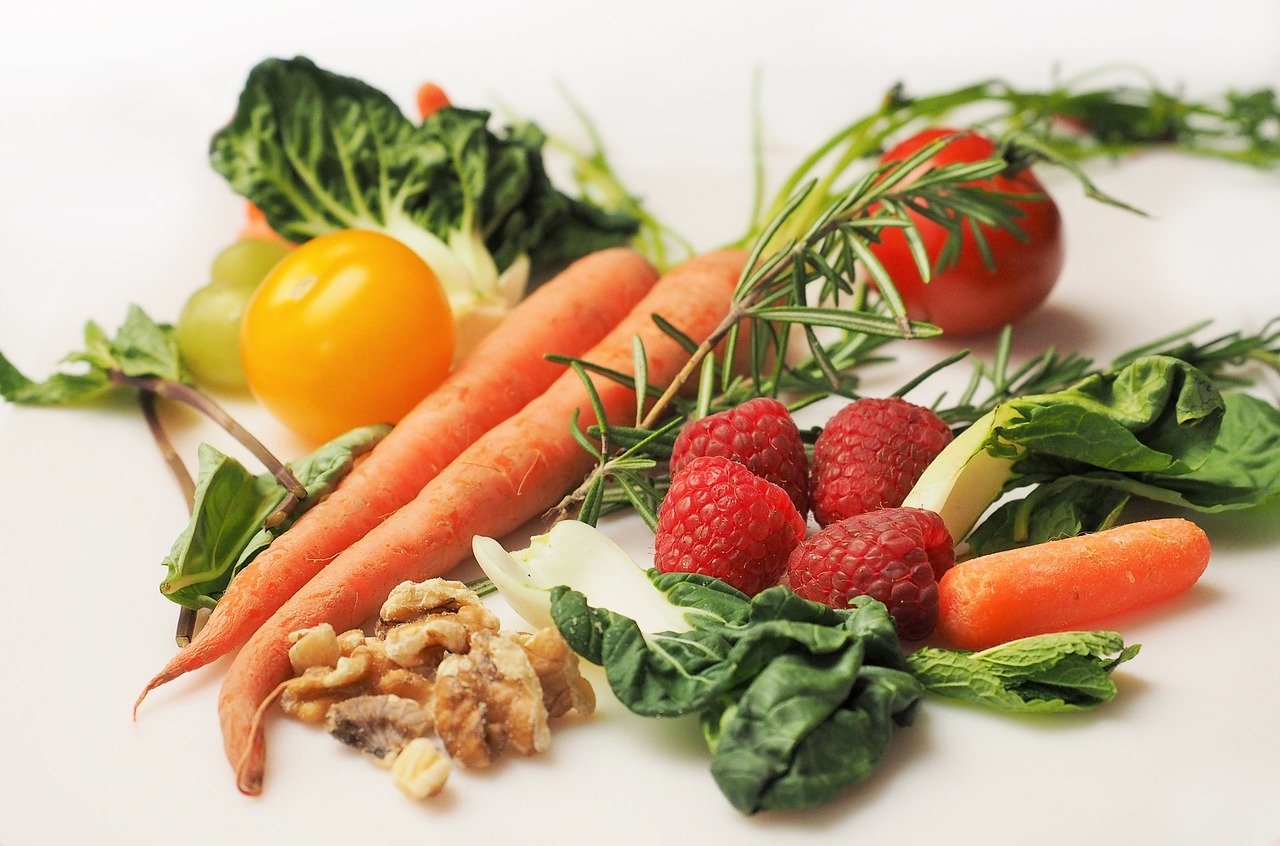At almost 80 years old, Jerry and I feel blessed to be in good health and want to share some healthy habits we have learned to consistently follow - consistencybeing the key word.
Healthy habits:
Start the Day:
Drink 1 full glass of water; deep breathing for 2 minutes
Daily Supplements:
Drink - 1 tsp local raw honey, 1 tbsp trace minerals, 1 tbsp aloe Vera juice
Tabs: Ubiquinol (since I take a statin)
Vit C,
Vit D (2x5,000 iu)
Exercise:
Daily 30 minute walk or hike
Alternating days: stretches, Tai-Chi
Mental exercise
Jerry and Barbra hiking
Daily celebrity cipher, Wordle (share with family), Connections,
Cultivate Relationships:
Family -regular breakfast meetings with husband and son
Bi-monthly coffee dates with new friends
Monthly breakfast or lunch dates with old friends
Annual retreat with mastermind friends
Eating healthy
Chicken/turkey has replaced red meat and pork (except when we have green chili at The Pantry) 😀
Gluten free breads
Monkfruit has replaced sugar
Water has replaced sodas
Spiritual
Daily devotions
Weekly church
Biblical principles of thoughts and behaviors - positive thinking; ie 3 new things to be grateful for each day
Keeping mind sharp:
Barbra - sees clients for counseling, writing second book, developing new classes to teach
Jerry - keeps all household books, researches new hiking places, figures out best ways to support family, reading all kinds of books - so easy on a Kindle nowadays














